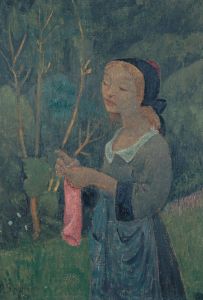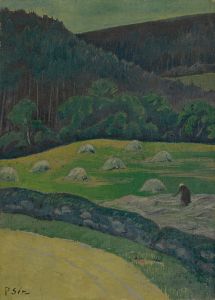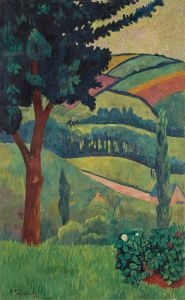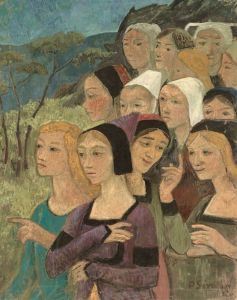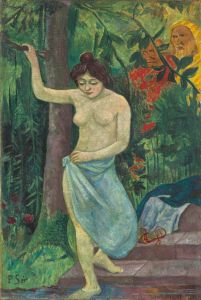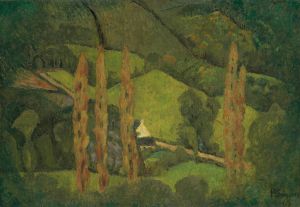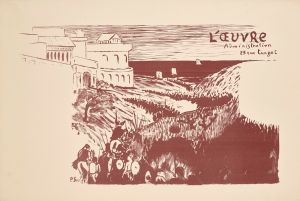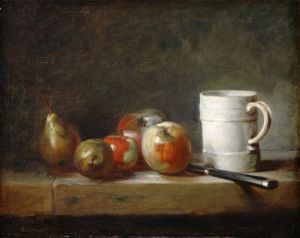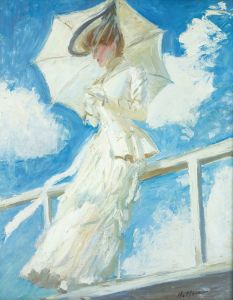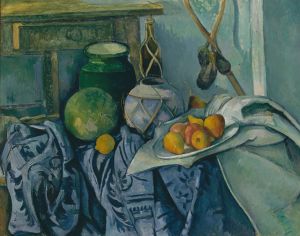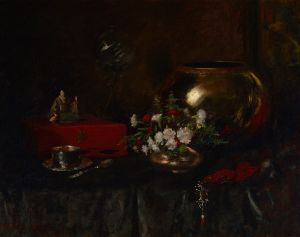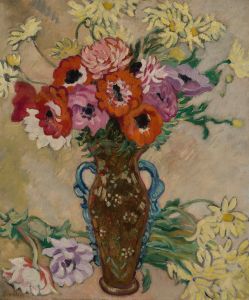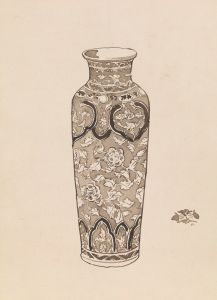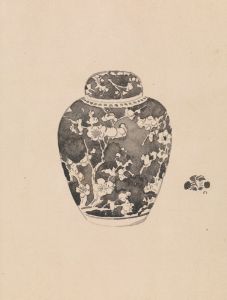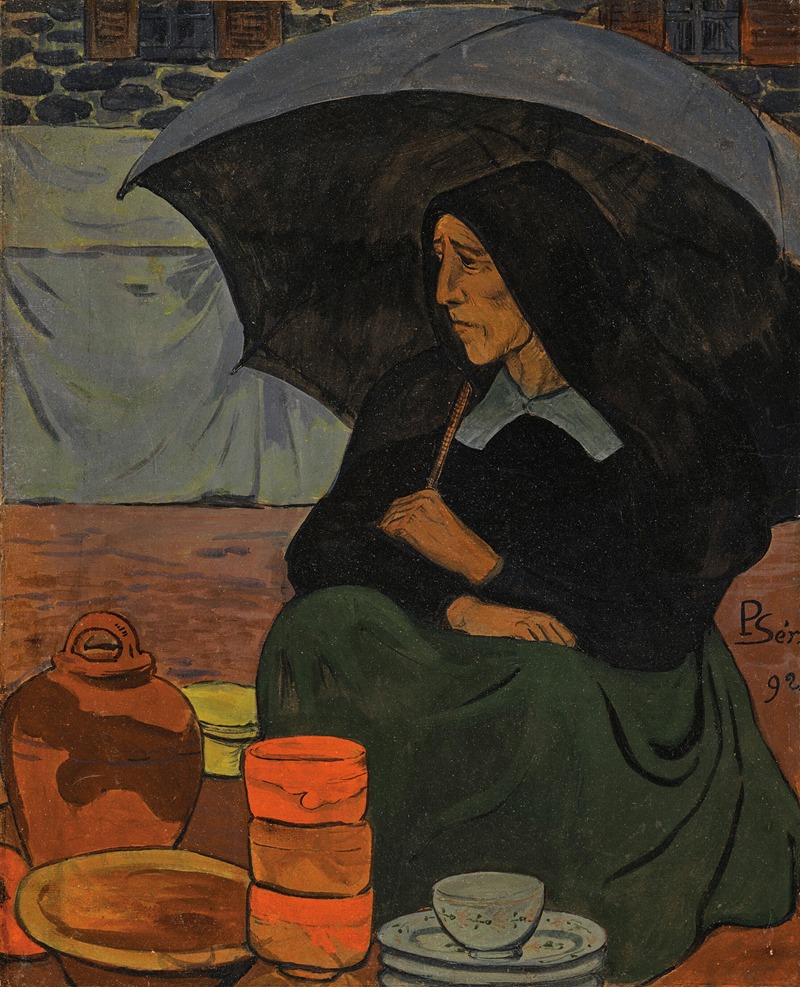
Marchande de poterie au parapluie
A hand-painted replica of Paul Sérusier’s masterpiece Marchande de poterie au parapluie, meticulously crafted by professional artists to capture the true essence of the original. Each piece is created with museum-quality canvas and rare mineral pigments, carefully painted by experienced artists with delicate brushstrokes and rich, layered colors to perfectly recreate the texture of the original artwork. Unlike machine-printed reproductions, this hand-painted version brings the painting to life, infused with the artist’s emotions and skill in every stroke. Whether for personal collection or home decoration, it instantly elevates the artistic atmosphere of any space.
Paul Sérusier's painting Marchande de poterie au parapluie (translated as Pottery Merchant with an Umbrella) is a work by the French Post-Impressionist artist, created during the late 19th or early 20th century. Sérusier, a key figure in the Nabis movement, is known for his innovative approach to color and composition, which was heavily influenced by his interactions with Paul Gauguin and the Symbolist art movement.
The painting depicts a pottery merchant, presumably a woman, holding or standing near an umbrella. The subject matter reflects Sérusier's interest in everyday life and rural scenes, which were common themes in his work. Sérusier often drew inspiration from the landscapes and people of Brittany, a region in northwestern France, where he spent significant time. The use of bold, flat colors and simplified forms in this painting aligns with the stylistic principles of the Nabis, who sought to move beyond the naturalism of Impressionism and explore more symbolic and decorative approaches to art.
Sérusier's artistic philosophy was deeply rooted in the idea of synthesizing visual elements to convey emotional or spiritual meaning. This approach is evident in Marchande de poterie au parapluie, where the composition and color palette likely serve to evoke a particular mood or atmosphere rather than to replicate reality. The painting's exact date of creation is not widely documented, but it is consistent with Sérusier's mature style, which developed after his pivotal encounter with Gauguin in Pont-Aven in 1888.
As with many of Sérusier's works, Marchande de poterie au parapluie reflects the influence of Japanese prints, which were highly popular among European artists at the time. The flattened perspective and emphasis on decorative patterns in the painting suggest a connection to this aesthetic. Additionally, the work demonstrates Sérusier's commitment to the Nabis' goal of integrating art into everyday life, blurring the boundaries between fine art and decorative art.
The painting is part of Sérusier's broader body of work, which includes landscapes, portraits, and genre scenes. While specific details about the provenance or current location of Marchande de poterie au parapluie are not readily available, it remains an example of Sérusier's contribution to the development of modern art in France.
This artwork exemplifies the transition from Impressionism to more abstract and symbolic forms of expression, marking Sérusier as a pivotal figure in the evolution of European art during the late 19th century.





